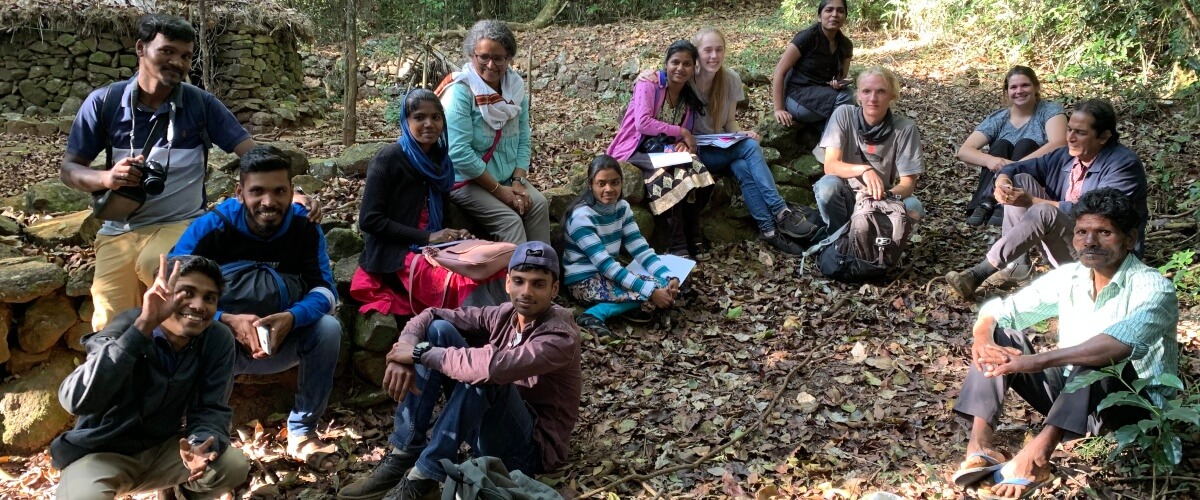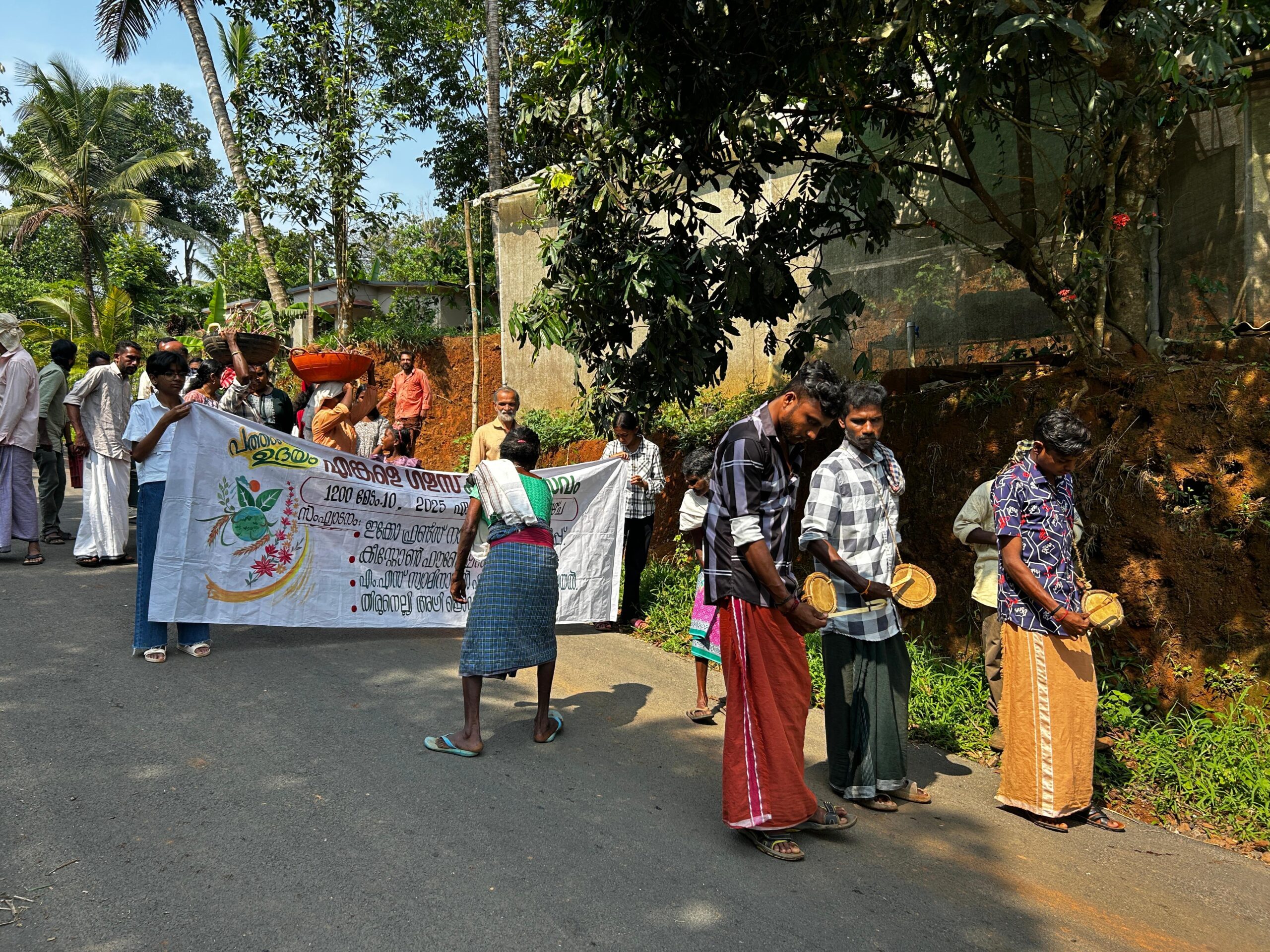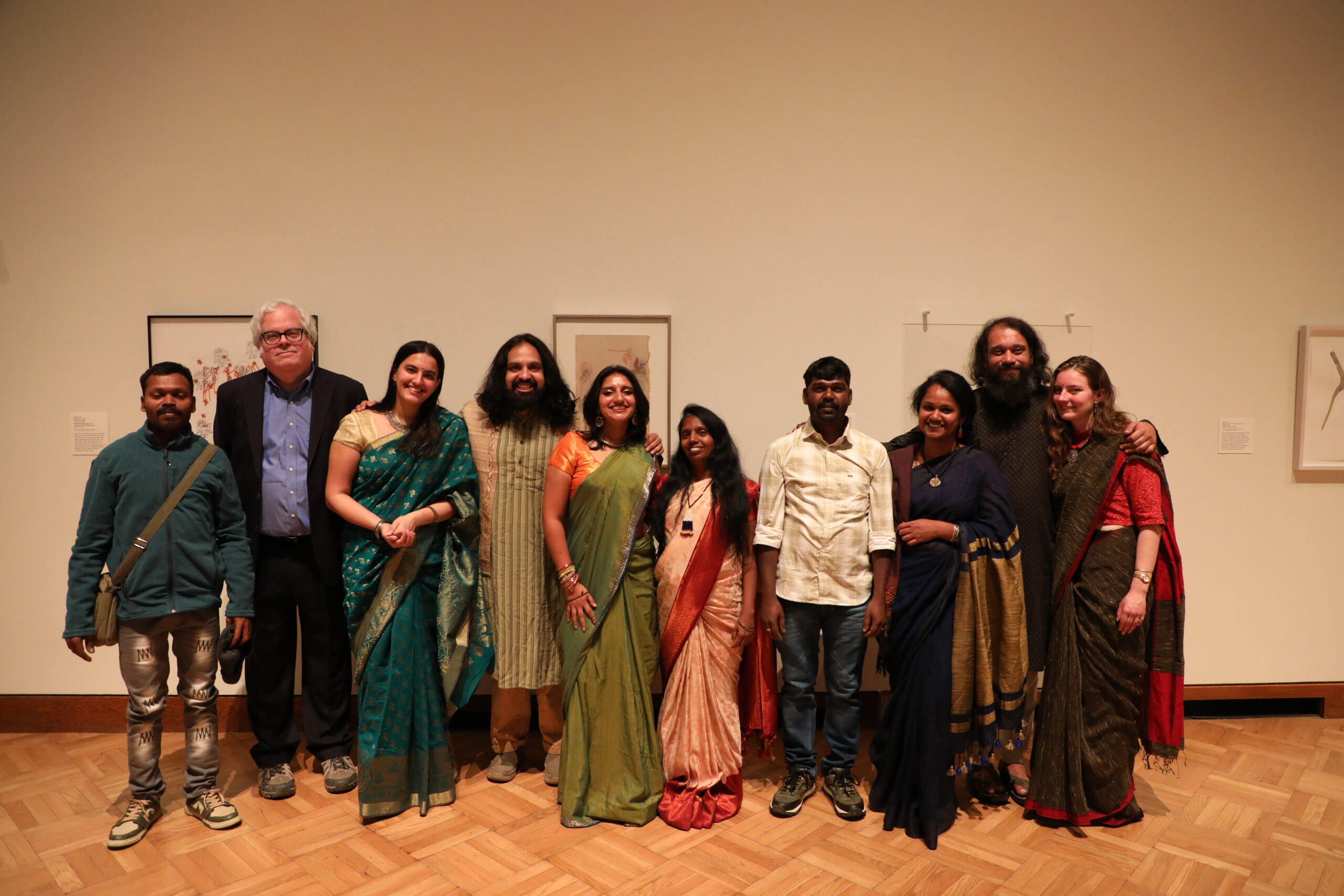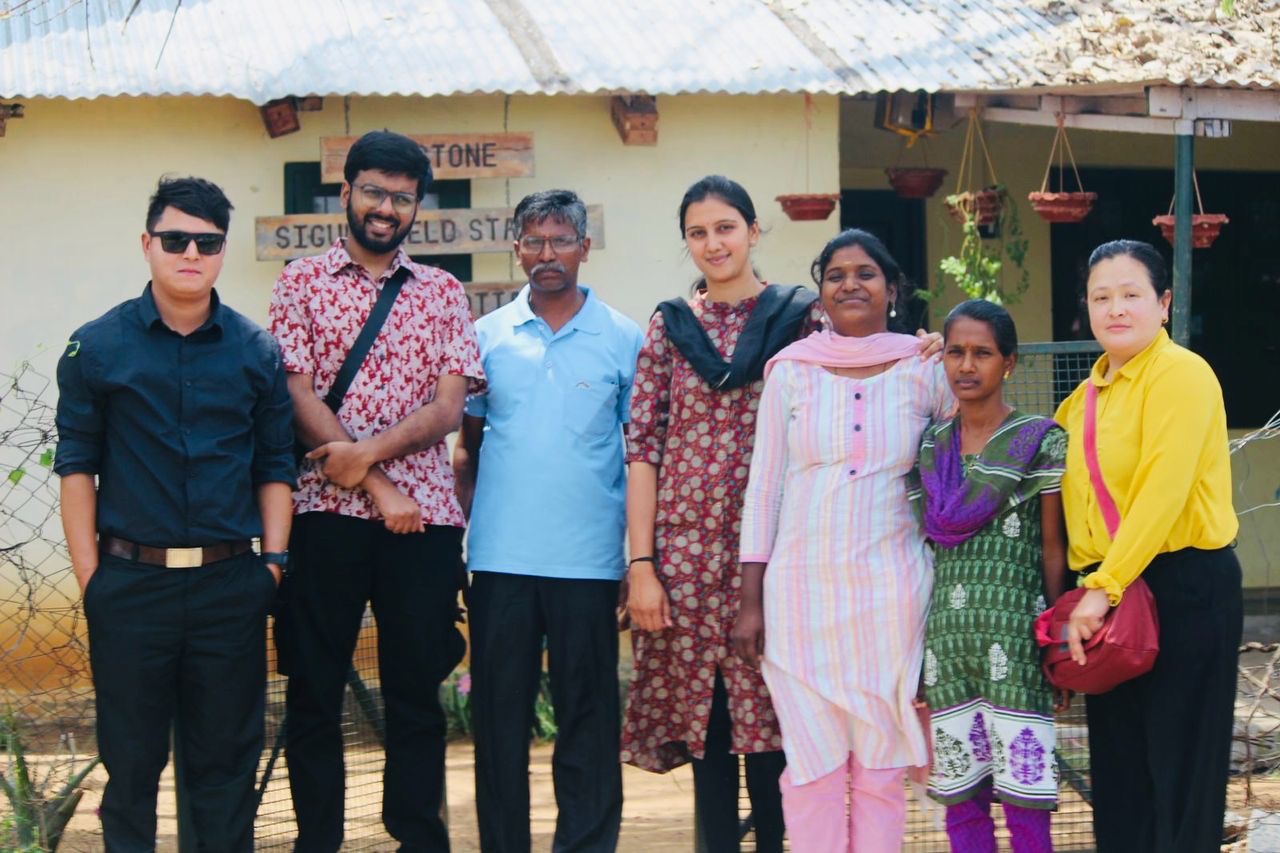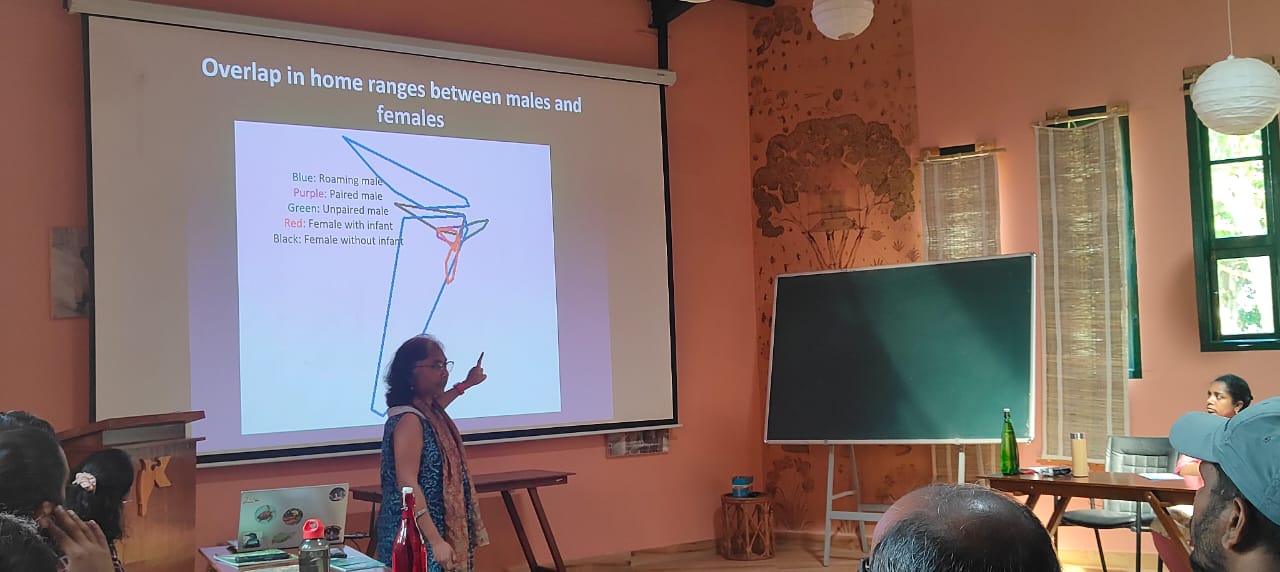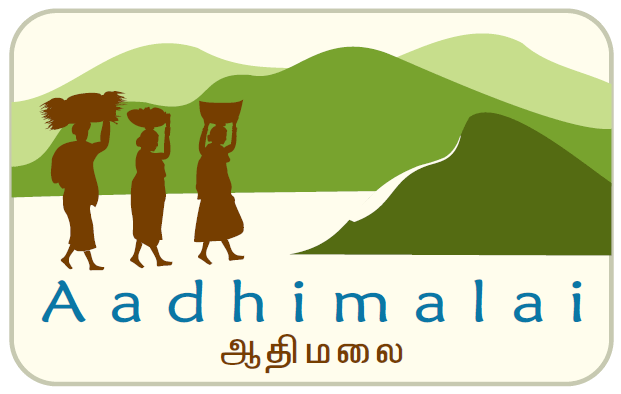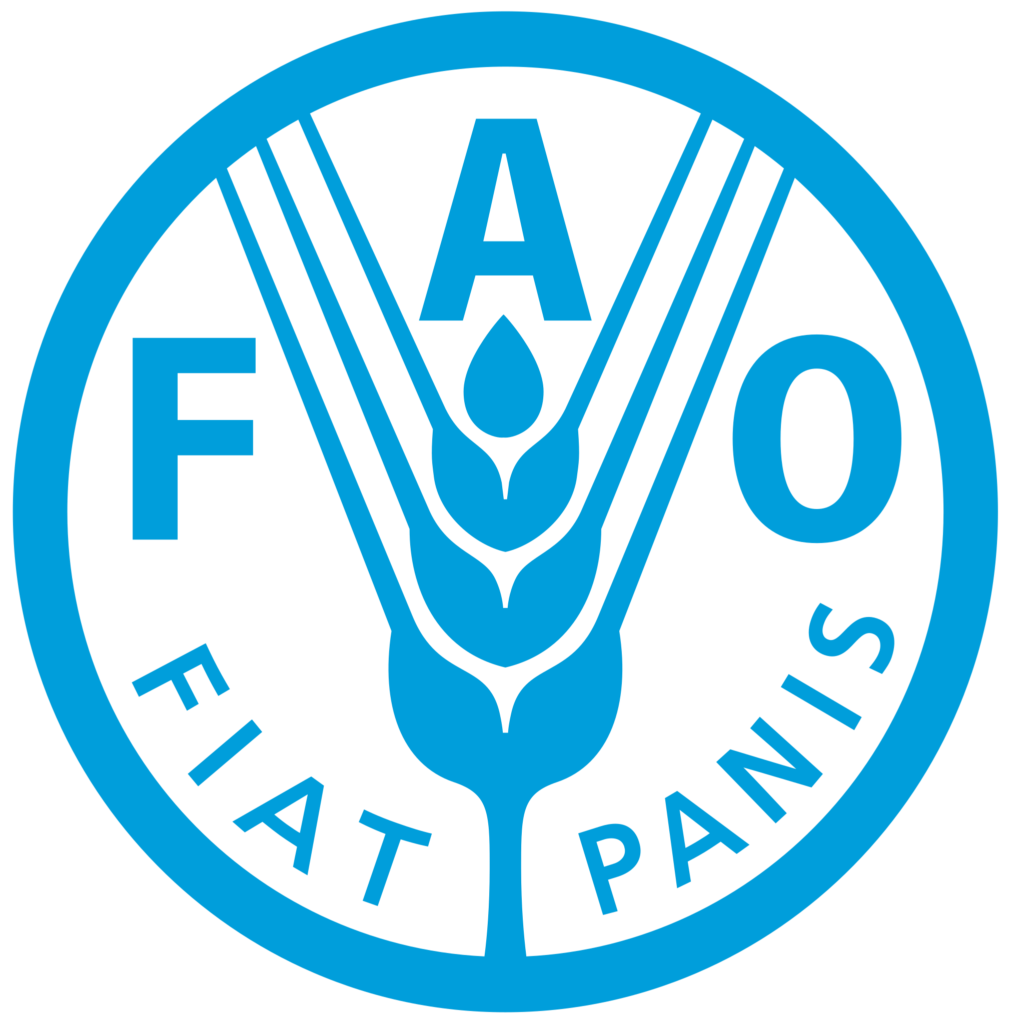Week 5 was the much awaited week on Ecology, after 3 weeks of community, sanitation, livelihoods, enterprise and governance. The week focused on the Nilgiri Biosphere Reserve, with case studies from the region. However, all through the week, the broader concepts of socio-ecological systems and traditional ecological knowledge were drawn upon through lecture and reading sessions from across the globe. The initial pace was set with a background on basic ecological concepts and the changing perspectives on conservation over the years. The students also got to look at mapping the two different yet similar landscapes of Ithaca and Nilgiris, as perceived by them.
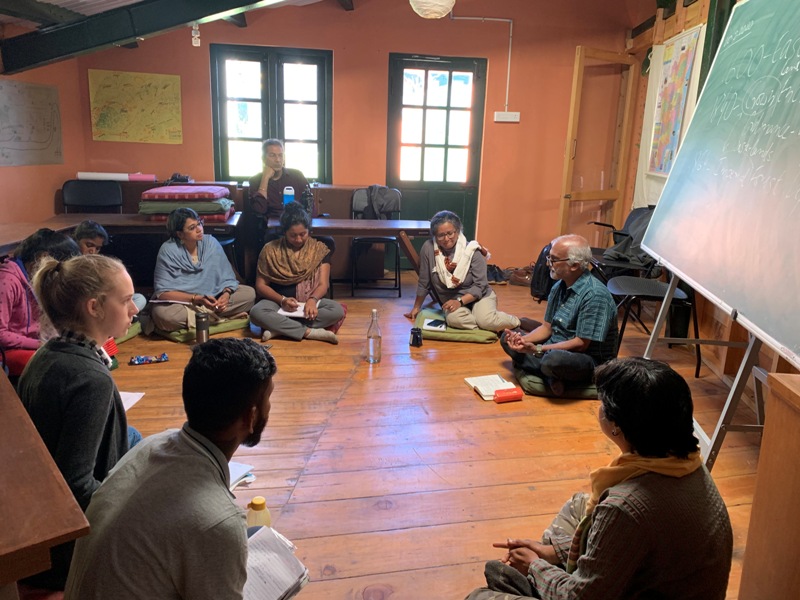
Interestingly, while the Ithaca students paid attention to species details in the landscape, the human landscape was seen as different from the natural one. In contrast, the Nilgiris students saw the landscape as more inclusive of humans and nature (plants and animals) but were not as detailed on the native species ; Instead the knowledge that came out was more born from invasives, plantations and commercial crops.
An ecology week without field trips, cannot be. The first field trip of the week had our students follow gaur herds as they learnt about the objective behind and challenges involved in wildlife monitoring. The walks while long, gave the students an opportunity to see the gaurs in their natural element and was an eye opener even for our local students. The session on traditional ecological knowledge drew upon knowledge from across India, including a visit to a sacred grove in Banagudi. A guest lecture on otter conservation gave an insight into other conservation measures currently underway within the subcontinent.
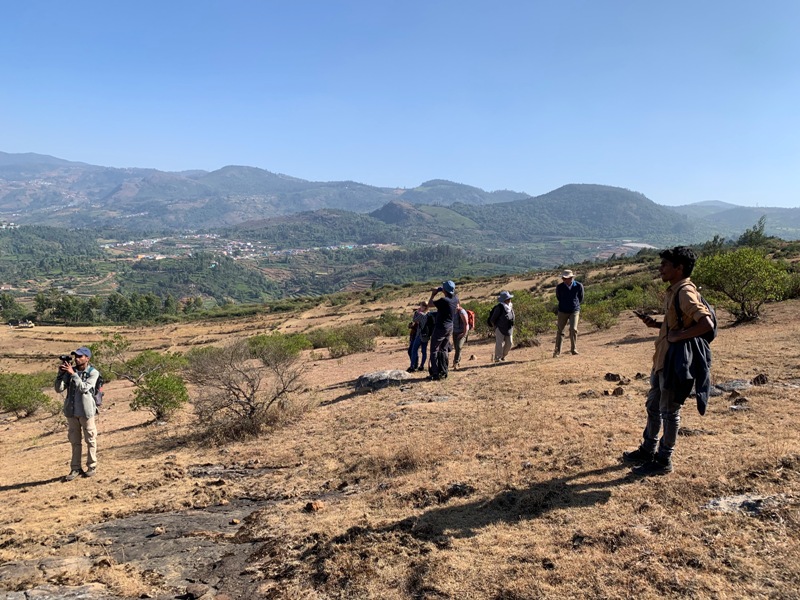
Their last field visit for the week took them to the unique high altitude grasslands of the Nilgiris, which not only offered breath-taking views of the landscape but also an insight to many of the flora and fauna of the region. Some of the favourites were the insectivorous droseras, the rock agama, and the shaheen falcon, to name a few. The week closed on a session covering climate change – indicators, adaptation and mitigation strategies, and sustainable development. The last order of the day was an introspective role play on the challenges of sustainable development in the modern context, as they charted out the producer to market pathways for the common amla (gooseberry).
By Sharada Ramadass

